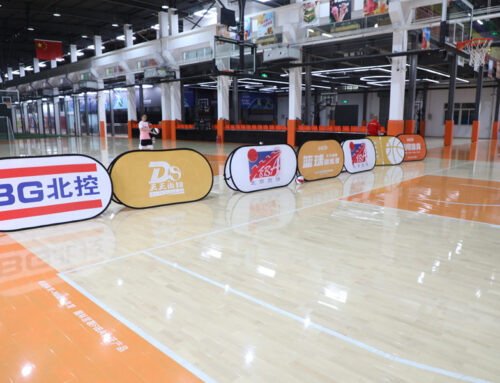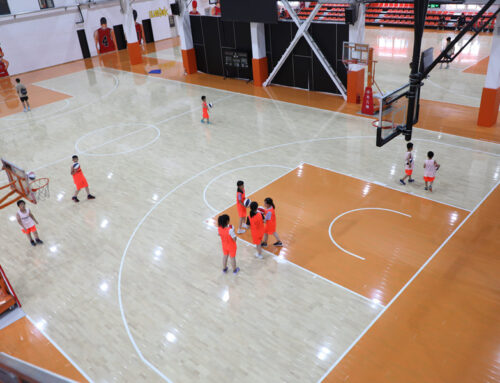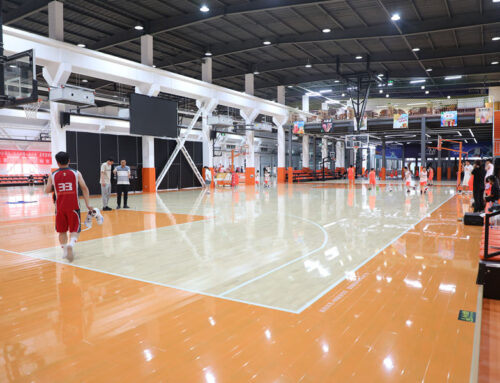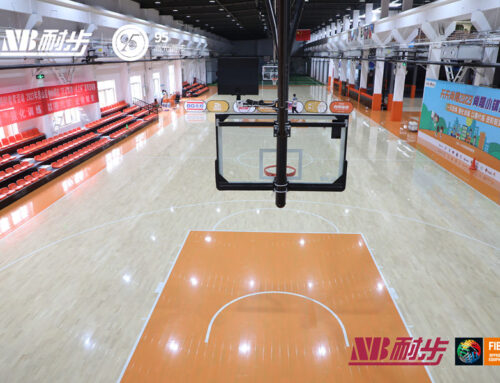Alright folks, been meaning to get this cushioned basketball floor sorted in the garage for months. Finally bit the bullet and ordered this assembled plywood kit. Looked simple enough online, right? “Five easy steps.” Well, let me walk you through my version of those five steps.
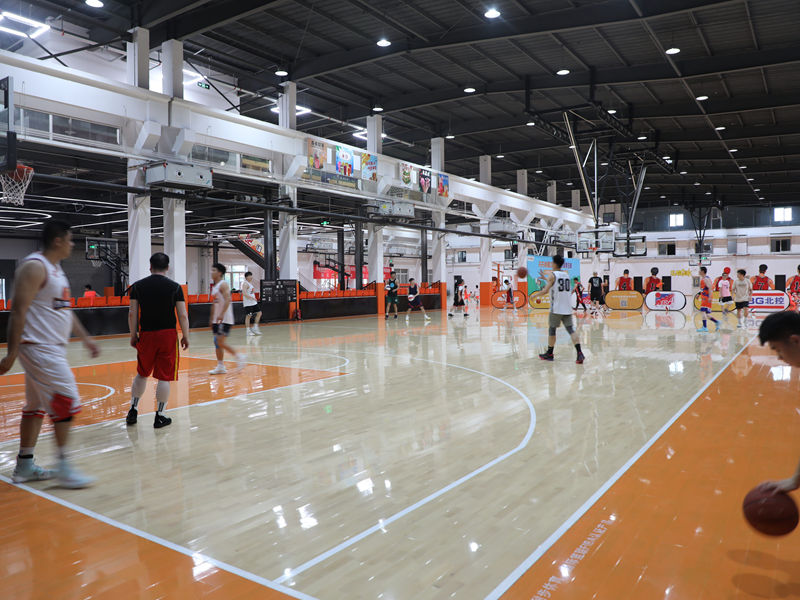
Step 1: Clearing the Jungle Floor
First thing I did was haul everything outta that garage. Felt like excavating an archaeological dig site. Old paint cans, forgotten bikes, a pile of… something indeterminate. Swept the concrete floor like crazy – gotta be clean and level, they said. Used a level I borrowed from Frank next door – gotta say, my garage floor ain’t exactly bowling alley smooth. Found a couple of low spots. Shoved some thin plywood scraps under them areas. Not perfect, but way better than nothing.
Step 2: Unboxing the Puzzle
Opened the giant boxes. Felt like Christmas, if Christmas involved lots of plywood panels and plastic wrapping. Carefully laid out all the pieces, checking the invoice against what arrived. Good thing I did, because one corner piece was chipped! Called the company, they’re gonna ship a replacement, but for now… improvisation time. Kept the undamaged sections moving.
Step 3: Laying the Cushiony Mat
Unrolled this giant black foam roll they provided. Think thick gym mat material. Took forever to get it flat and smooth across the whole floor. Had to crawl on my knees pinching out wrinkles – my old knees complained the next day! Important tip: make sure this stuff covers EVERY inch of where the floor will go. Overlap is annoying, but gaps are worse. Trimmed the edges roughly with a box cutter.
Step 4: Click, Lock, and Groan
Okay, here’s where the “assembled” part comes in. The planks have these tongue and groove things. You fit the tongue of one into the groove of the next, supposedly click them together. Sounded easy. For the first row? Perfect. Second row? Started getting tricky holding the planks at the right angle. Found myself doing this weird shimmy dance, pressing down with my knee while trying to tap the end just right with a rubber mallet. Yeah, needed Frank’s mallet too! Didn’t always click perfectly, sometimes it needed some serious elbow grease. Worked my way across the room, row by row. Had to use some of those spare planks near the wall where the chipped one should have been.
Step 5: The Finishing Touches (Edges & Reality Check)
The kit came with these corner pieces and edge trims – basically L-shaped boards to hide the rough ends. Glued them down with the provided adhesive – messy stuff. Held them in place with painters tape while it dried. Finally got the replacement plank later, swapped out the temporary cut piece. Swept the whole floor again, admired my work. Took a picture, obviously.
So, “5 easy steps”? Hah! It was doable, sure, but ‘easy’ might be stretching it. Took most of a weekend and a fair bit of cussing. The plywood surface feels amazing though – solid bounce when I tested it with the old ball. Key takeaways?
- Expect surprises (like damaged pieces).
- Have extra hands or patience (lots of patience).
- Getting that underlayment smooth matters more than you think.
- The clicking mechanism requires practice – don’t force it blindly.
Totally worth it for having a decent practice spot at home. Just gotta be ready for some DIY reality!

